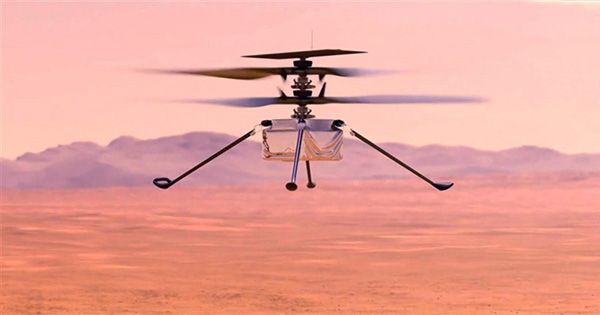The news of a SpaceX rocket stage hitting the Moon a few weeks ago spread like wildfire. Now, the astronomer who is following it has revealed a surprising twist: the rocket is striking the Moon, but it is not the SpaceX rocket. It’s most likely a Chinese rocket stage. The narrative is an excellent example of how science should work in theory: it should self-correct when new knowledge becomes available. It’s also a thorough examination of how difficult it is to track space trash, and how mistakes are not only possible but likely.
The rocket is not the same one that brought the DSCOVER satellite to its unique Lagrangian point 1 location, but it is the booster for the Chang’e 5-T1 lunar mission, which is the forerunner to China’s sample return mission. Since it was discovered by the Catalina Sky Survey about a month after the DSCOVER launch, Bill Gray of astronomy software company Project Pluto has been tracking this piece of space trash for years.

The junk was initially mistook for a small asteroid, but it soon became evident, because of the way it reflected light, that it was man-made. Gray and others looked at plausible candidates for this orbital find based on the limited information from the launch. The SpaceX rocket was a very good and close guess – but close isn’t usually correct.
Gray got an email from Jon Giorgini, a senior engineer at NASA’s Jet Propulsion Laboratory, who pointed out an error in the original announcement that implied DSCOVER had gone past the Moon when it had not. Gray had to travel back 7 years in his email archive to figure out why he mistakenly recognized the item as a SpaceX rocket.
In a blog post, Gray stated, “I conducted that probing in full faith that it would reveal that the object was, in fact, the DSCOVR second stage.” He examined the data and discovered that, while there was strong circumstantial evidence that the guess was correct, there were several anomalies. The email encouraged Gray to investigate the nature of the object further, and the Chinese rocket proved to be a better and more probable possibility.
“In some ways, this is still ‘circumstantial’ proof,” Gray continued. “However, I believe that to be fairly convincing proof.” As a result, I am convinced that the object due to strike the moon on March 4, 2022, at 12:25 UTC is the Chang’e 5-T1 rocket stage.” Because there is no tracking mechanism in place for these objects, amateur astronomers are frequently called upon to keep track of them.
















